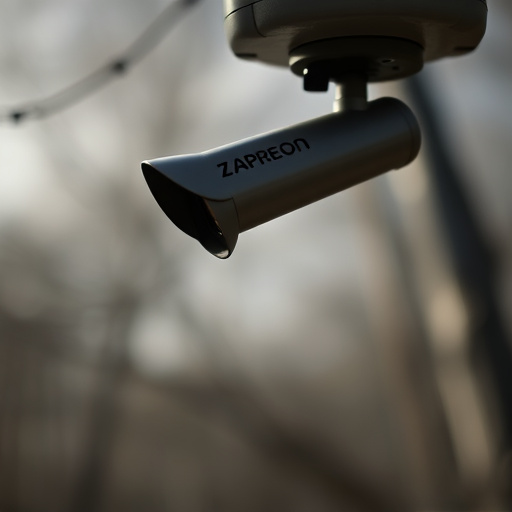Micro cameras play a vital role in child protection by offering discreet surveillance and enhancing safety measures. However, nighttime photography challenges like car headlights and building facades can distort images and obscure crucial details. Advanced glint detection algorithms identify and suppress these reflections, improving the quality of footage captured during nighttime operations. This is particularly beneficial for monitoring subtle changes in behavior or surroundings, ensuring the well-being of children without compromising privacy.
In the realm of nighttime photography, glint detection is a game-changer, especially with the widespread use of micro cameras for child protection. This technology enables cameras to identify and mitigate unwanted reflections, enhancing image quality significantly. Understanding glint detection becomes crucial when navigating the hustle and bustle of low-light environments, where even the slightest glimmer can reveal sensitive details. This article explores effective methods, delving into the technical aspects of micro cameras and providing insights for optimal glint detection.
- Understanding Glint Detection in Nighttime Photography
- Micro Cameras for Child Protection: A Technical Perspective
- Implementing Effective Glint Detection Methods
Understanding Glint Detection in Nighttime Photography
Glint detection is a critical aspect of nighttime photography, especially in scenarios where micro cameras are used for child protection. In low-light conditions, reflections from shiny surfaces like car headlights or building facades can distort images and create unwanted artifacts. These glints not only impact image quality but can also obscure vital details, such as facial expressions or movements, making it challenging to monitor sensitive areas. Understanding how glint detection algorithms work is essential for optimizing the performance of micro cameras in these environments.
By employing advanced image processing techniques, glint detection methods identify and suppress reflections, allowing for clearer and more accurate footage. This is particularly beneficial in child protection scenarios, where subtle changes in behavior or surroundings can be crucial indicators. With effective glint reduction, micro cameras can capture high-quality images and videos during nighttime operations, ensuring that every detail is visible and analyzed accurately.
Micro Cameras for Child Protection: A Technical Perspective
Implementing Effective Glint Detection Methods
Implementing effective glint detection methods is paramount in enhancing the capabilities of micro cameras, especially in child protection scenarios. These tiny yet powerful devices play a crucial role in ensuring safety and security, but they can be susceptible to glare and reflections that compromise their performance. Advanced glint detection algorithms step in to address this challenge by intelligently analyzing light patterns and identifying glints or reflections on surfaces.
By employing sophisticated signal processing techniques, these methods distinguish between genuine camera feed and unwanted glints, allowing the micro cameras to focus on relevant subjects without false alarms. This precision is invaluable in child protection contexts, where minimizing distractions and ensuring clear visual data can make a significant difference in monitoring and safeguarding young individuals’ well-being.
The integration of micro cameras for child protection, coupled with advanced glint detection methods, represents a significant step forward in ensuring safety and security. By understanding glint detection in nighttime photography and implementing effective techniques, we can enhance the quality and reliability of surveillance systems. These innovations not only improve visibility but also contribute to a safer environment for children and vulnerable individuals, underscoring the importance of continuous technological advancements in this domain.
